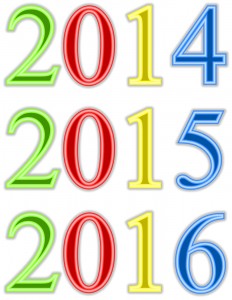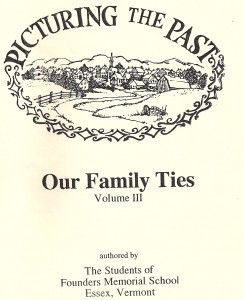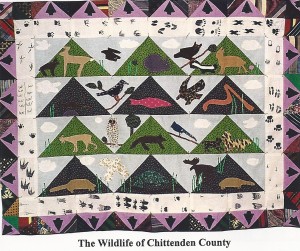 Closing out the month of December and the year, most folks take an opportunity to make a few New Year’s resolutions. For teachers and teacher librarians, it’s a time to recharge ideas and plans for 2015 that refocus on “The Heart of the Matter: Why I Teach.” (Alber, 2014)
Closing out the month of December and the year, most folks take an opportunity to make a few New Year’s resolutions. For teachers and teacher librarians, it’s a time to recharge ideas and plans for 2015 that refocus on “The Heart of the Matter: Why I Teach.” (Alber, 2014)
This month, as the BACC bloggers offered ways to find partners and resources to stretch scarce financial funds, we have tried to highlight successful examples of mutually beneficial projects/ideas that go beyond school walls, and engage a wider community of learners. We know that there are amazing things happening in our schools across the country, and we would like to hear about them. Perhaps you might leave us a reply, or a link to other creative and innovative programs or projects that could be shared.
As an educator, whether you are planning for your students, or pursuing a partnership with community members, you have to be able to articulate your vision for learning, and show that you are committed to the long haul. Throwing the spaghetti against the wall to see if it sticks is fine for cooking, but innovative ideas need to be nurtured to make them sustainable. Collaboration with a partner, team, or co-teacher helps to clarify the purpose and process for transforming teaching and learning. Trial and error are also part of the process for teachers and students in the quest for meaningful learning. Never give up!
When I read Rebecca Alber’s inspiring post (linked above) on Edutopia, I was reminded that teachers are creative, ingenious, and resilient problem solvers who enjoy a challenge, as well as their students. In addition to her list, I would summarize a few items as entry points for innovative planning that bridge traditional and transformative teaching and learning-and make it fun. These are not new ideas, but ones that seem to be trending in schools and beyond.
Options for innovative planning in the classroom and the future:
- Flipping curriculum content through inquiry and technology integration. Using technology tools and applications for collaboration and personalized, self directed learning, not just another medium for pencil and paper tasks. Assessment for performance and knowledge, not recall.
- Global thinking and awareness. Digital literacy is front and center to understanding differences in cultures and communities. Empathy is a habit of mind that comes from exposure to alternative points of view.
- Social justice and personal responsibility through authentic learning opportunities. Communities thrive where all citizens, even the youngest have connections to the environment, the history, and the values shared by all. Doing is learning and builds pride and a sense of worth.
- Reflection and goal setting for students and educators. Mindfulness for empowering and engaging learners of all ages. Respecting individual differences and dreams. Multiple pathways for learning.
As you peck away at your New Year’s list, which ones will you choose to try out next year?
References:
Alber, Rebecca. “The Heart of the Matter: Why I Teach.” Edutopia, December 25, 2014. Weblog. <http://www.edutopia.org//blog/heart-matter-why-i-teach-rebecca-alber>
Image: Morguefile http://mrg.bz/OoxaYL




